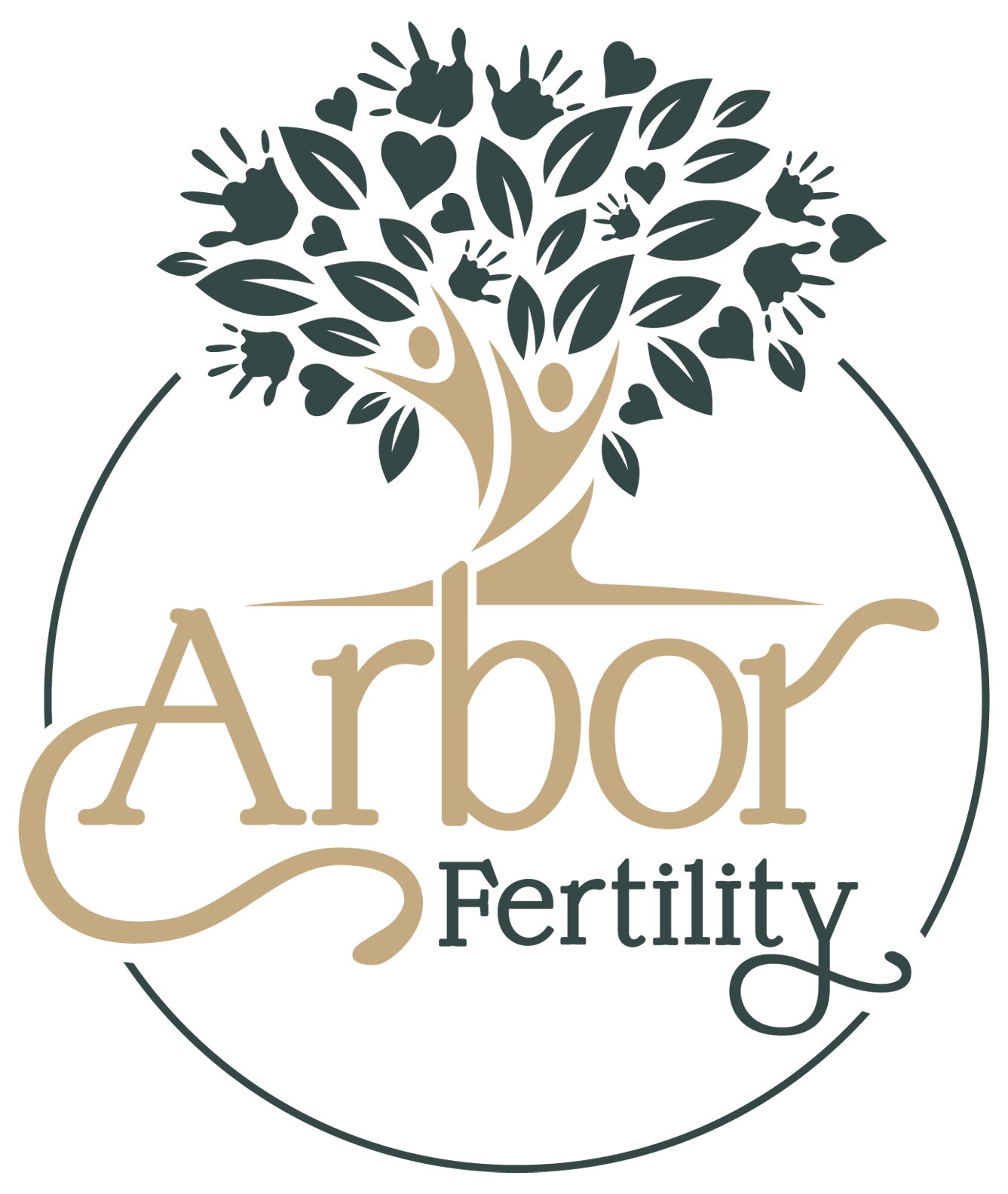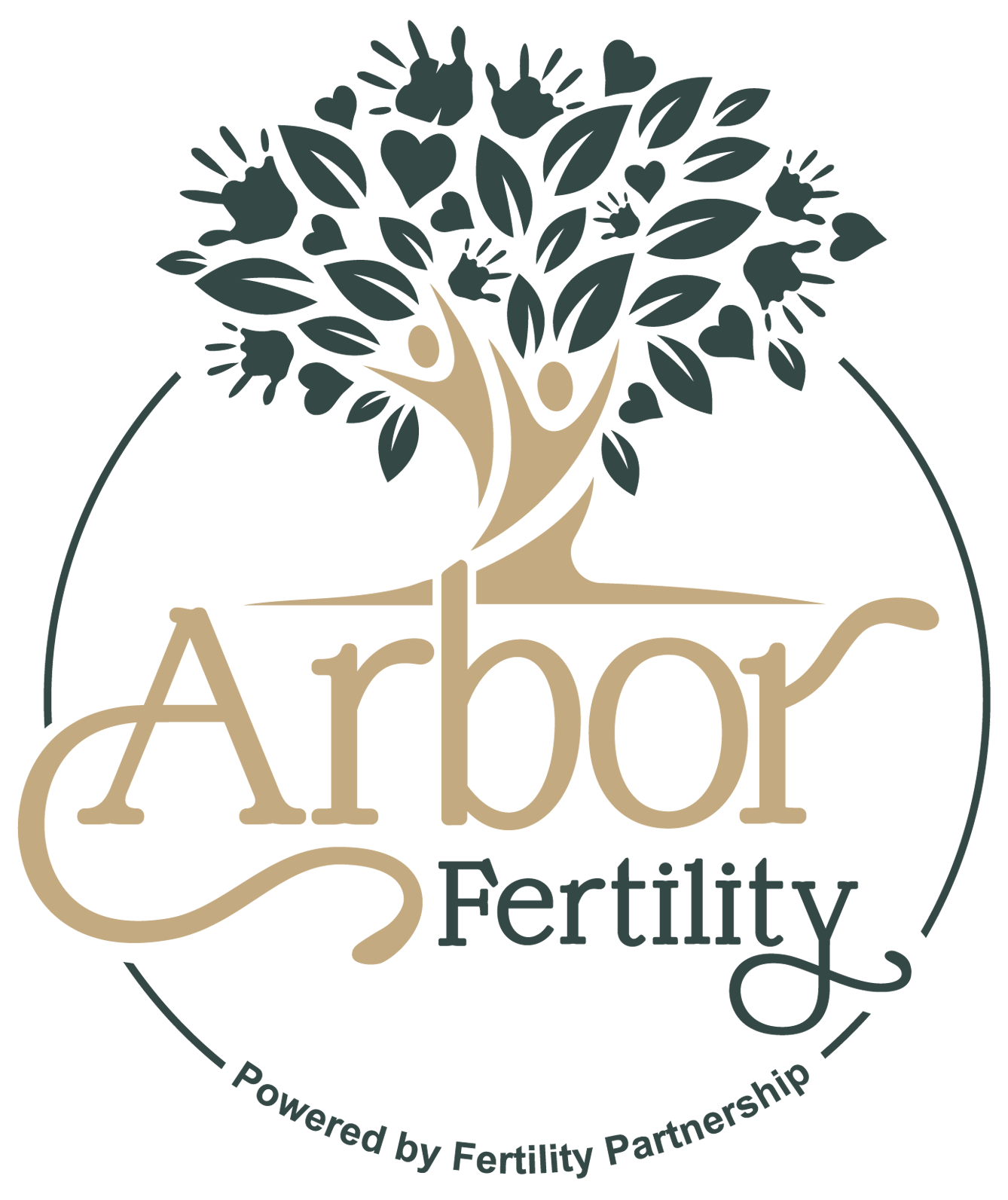Treatment Option:
Frozen Embryo Transfer
What is Frozen Embryo Transfer?
Frozen Embryo Transfer (FET) involves the use of embryos that were frozen during previous IVF cycles. These embryos are carefully thawed and then transferred into the uterus, offering a less invasive and more cost-effective option compared to a fresh IVF cycle.
The Frozen Embryo Transfer (FET) Process:
Preparation: The recipient's uterine lining is prepared through hormone treatments to optimize the chances of implantation.
Thawing of Embryos: Stored embryos are thawed on the day of the transfer.
Embryo Transfer: A thin catheter is used to place the thawed embryo into the uterus.
Post-Transfer Care: Hormonal support is provided, and pregnancy tests are conducted approximately two weeks after the transfer.
Benefits of Frozen Embryo Transfer
Frozen Embryo Transfer represents a significant advancement in fertility treatments with many benefits, offering hope and increased chances for many aspiring parents. With our expert team and state-of-the-art facilities, we are committed to guiding you through every step of this journey.
Increased Flexibility
Timing Advantages
Frozen Embryo Transfer (FET) provides significant flexibility in choosing the optimal time for embryo transfer, allowing for better planning around personal, professional, or health-related circumstances.
Cycle Synchronization
It enables synchronization of the embryo’s developmental stage with the recipient's uterine lining, potentially increasing the chances of implantation.
Multiple Attempts
If the first transfer does not result in pregnancy, additional frozen embryos can be used without the need for a new IVF cycle, offering multiple opportunities for conception.
Reduced Stress
Emotional Ease
The knowledge that viable embryos are already available can greatly reduce the emotional and psychological stress often associated with infertility treatments.
Physical Relief
Since the demanding process of egg retrieval is not required in Frozen Embryo Transfer (FET) cycles, it is physically less taxing compared to a full IVF cycle.
Time Management
The process involves fewer doctor’s visits and medical interventions, which can be less time-consuming and disruptive to daily life.
Cost-Effectiveness
Lower Financial Burden
Frozen Embryo Transfer (FET) is generally more affordable than a complete IVF cycle as it eliminates the need for egg retrieval and fertilization, which are among the most costly parts of IVF.
Efficient Use of Resources
Utilizing previously frozen embryos maximizes the value of the initial IVF cycle, making the most of the initial investment in fertility treatment.
Insurance and Coverage
Some insurance plans may offer more favorable coverage terms for Frozen Embryo Transfer (FET) compared to full IVF cycles, further reducing out-of-pocket expenses.
Higher Success Rates
Improved Implantation Chances
Emerging research indicates that embryos transferred during Frozen Embryo Transfer (FET) may have higher implantation rates due to a more natural uterine environment, which is not influenced by the hormones used in a fresh IVF cycle.
Better Selection of Embryos
With Frozen Embryo Transfer (FET), there is more time available to assess the quality of embryos, allowing for the selection of the most viable ones for transfer.
Patient-Specific Benefits
Certain patient groups, such as those with Polycystic Ovary Syndrome (PCOS) or those who experience ovarian hyperstimulation syndrome (OHSS), may particularly benefit from Frozen Embryo Transfer (FET), as it allows the body time to recover from hormone treatments.
FAQs
-
In Frozen Embryo Transfer (FET), the embryos used have been frozen and stored, whereas in fresh embryo transfer, embryos are transferred shortly after being created without being frozen. FET usually involves less medication and is less physically demanding than a fresh transfer.
-
The success rates of Frozen Embryo Transfer (FET) can vary widely depending on several factors, including the maternal age, the quality of the frozen embryos, and the overall health of the woman undergoing the procedure. Generally, FET success rates are comparable to, and in some cases even higher than, those of fresh embryo transfers. It's important for individuals or couples considering FET to discuss their specific circumstances with a fertility specialist to get a more accurate understanding of their personal success rates.
-
Ideal candidates for Frozen Embryo Transfer (FET) include individuals or couples with viable frozen embryos from previous IVF cycles, and those who need to delay pregnancy for medical or personal reasons.
-
The risks associated with Frozen Embryo Transfer (FET) are generally considered low, but like any medical procedure, there are some potential complications. It's essential for individuals undergoing FET to have thorough discussions with their fertility specialist about these risks, tailored to their specific health profile and treatment plan offered at Arbor Fertility.
-
A Frozen Embryo Transfer (FET) cycle typically takes about three to six weeks from the start of the cycle preparation to the actual embryo transfer including: preparation of the uterine lining, monitoring, embryo thawing and results.
-
-
Embryos can be stored for an extended period before a Frozen Embryo Transfer (FET), often for several years and in some cases, even decades. The duration of storage depends on various factors, including the quality of the embryo at the time of freezing and the specific storage techniques used.
-
Yes, you can use a frozen embryo from a previous In Vitro Fertilization (IVF) cycle for a Frozen Embryo Transfer (FET). This is actually one of the primary purposes of embryo freezing. During an IVF cycle, if more embryos are created than are used in the initial transfer, the excess high-quality embryos can be cryopreserved for future use.
-
The impact of Frozen Embryo Transfer (FET) on the chances of having twins or multiples primarily depends on the number of embryos transferred. If multiple embryos are transferred in an FET cycle, the likelihood of a multiple pregnancy, such as twins or triplets, increases.
Start Your Fertility Journey:
Contact Us Today.
Let us know if you have questions about fertility, treatment options, or pricing! (This form is not intended for the treatment or diagnosis of an individual’s medical history.)


